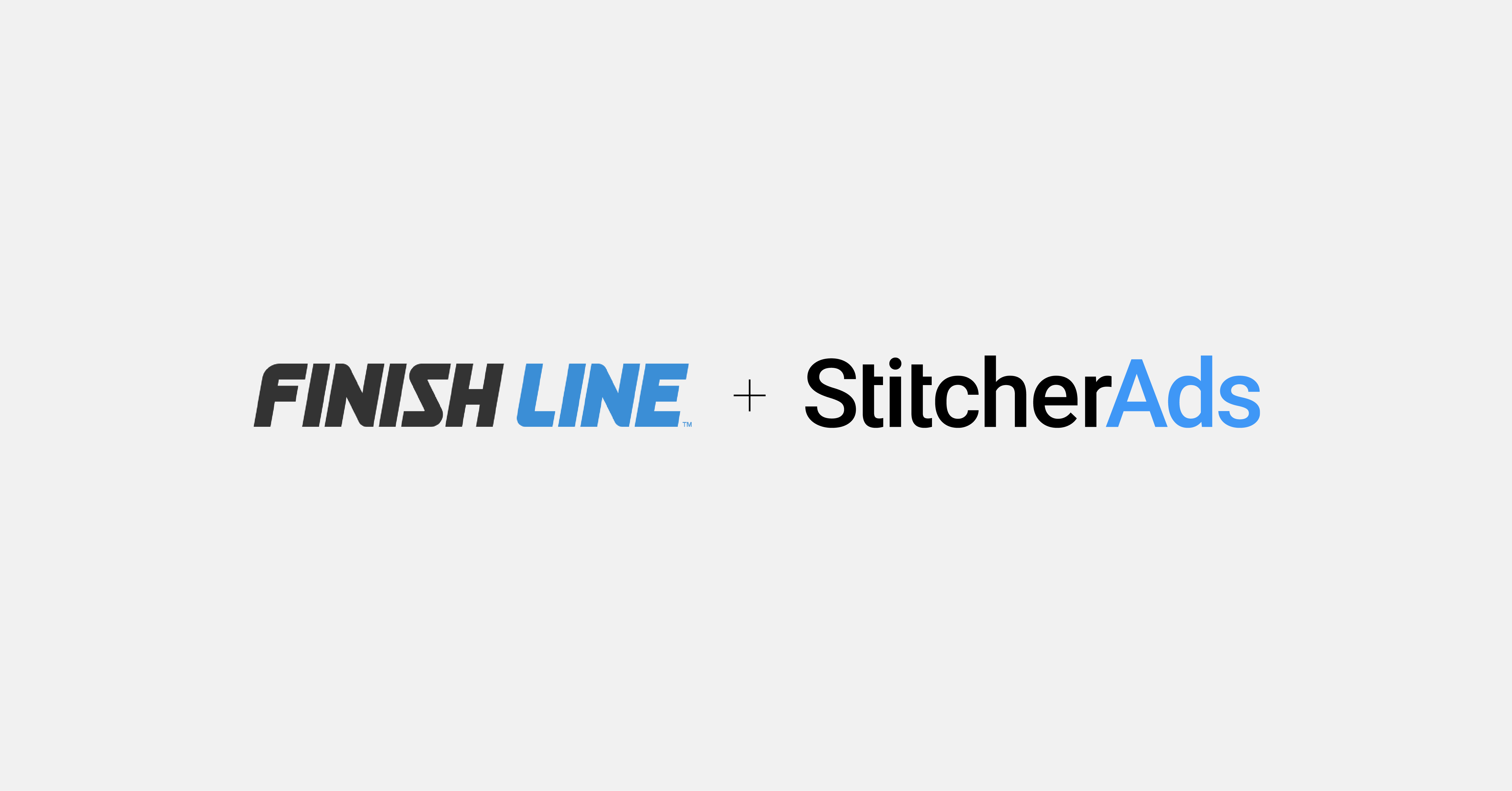A couple of weeks ago I wrote about how to create Facebook Conversion Lift Tests. As a follow up, I thought it would be useful to explain why you should measure conversion lift and why it is a great solution for Facebook advertisers. In fact, conversion lift is a better solution not just for advertisers on Facebook, but for digital marketers in general. It addresses several of the measurement challenges currently facing marketers:
- Mobile: It doesn't really need to be said, but the shift to mobile is huge. Mobile is beyond gaining traction to becoming a major area where purchases are made. The shift to mobile is something you can read more about in this post: Mobile Commerce is The Future. The technology that supports current measurement systems (cookies to track exposure and tie to behavior, and clicks as a proxy for sales) is not sufficient in a world where people use multiple devices throughout the day.
- Over-reliance on last-click: While last-click attribution makes sense for search marketing, it’s less useful for other digital environments. Counting clicks doesn’t account for the value created by simply seeing an ad. As an absolute form of measurement, last click is no longer viable because we now know a shopper’s journey involves many touch points over a period of time. As consumers move from device to device, legacy attribution models become unreliable. Identity is the best way forward for measuring attribution and social media owns identity. For example, by placing Facebook’s tracking code on your website, you will accurately track an individual’s interaction with your ads across devices all the way through to conversion. By allowing advertisers to measure the impact of exposure to an ad — with consistency, across devices — conversion lift measurement offers a more holistic view of an ad’s performance.
Here is the post about how to run a Facebook Conversion Lift test. Have you had any success running a test?

